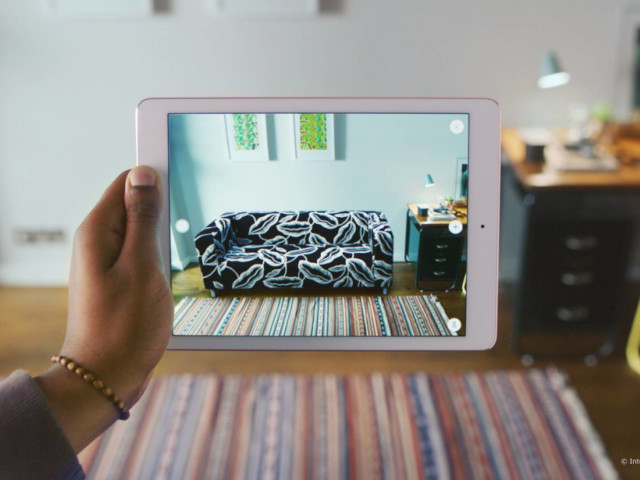100 million to shop in Augmented Reality online and in-store by 2020
By Staff Writer 2 April 2019 | Categories: news
Online shopping has grown from a nice-to-have to an absolute necessity. Although still not as big as the income from brick-and-mortar stores, especially in SA, it has evolved to the point where you don’t actually have to venture into a regular store at all. But what is the future of ecommerce?
Gartner believes it’s augmented reality (AR) and virtual reality (VR). The research company notes these two have the potential to shake up the customer experience by individualising retailers’ offers and enabling customers to visualise products in different settings. In fact, so much so that it predicts that by 100 million consumers will shop in AR not only online but also in-store.
With VR’s immersive interfaces, Gartner states retailers can create task efficiencies or reduce the costs associated with designing new products. They can also enhance the understanding of information through advanced graphical visualisation and simulation technologies. Pilots and implementation examples include Alibaba’s full VR shopping experience, virtual reality tours by Tesco, Adidas’ VR video to promote its outdoor clothing collection, and eBay Australia’s partnerships with Myer to create personalised stores.
A 2018 Gartner survey indicated that, by 2020, 46% of retailers planned to deploy either AR or VR solutions to meet customer service experience requirements. Additionally, the technologies behind these solutions have moved 15 to 30% further along the Gartner Hype Cycle (worth checking out) over the past 12 months.
“Retailers are under increasing pressure to explain the purpose of physical stores, and take control of the fulfilment and return process for cross-channel execution,” said Hanna Karki, principal research analyst at Gartner. “At the same time, consumers are progressively defining the value provided by the experiences they receive from retailers. As a result of these pressures, retailers are turning to AR and VR to offer customers a unified retail experience inside and outside retail stores.”
Gartner further believes retailers can use AR as an extension of the brand experience to engage customers in immersive environments and drive revenue. For example, IKEA’s Place app enables customers to virtually ‘place’ IKEA products in their space. Additionally, AR can be used outside the store after a sale to increase customer satisfaction and improve loyalty.
Hand in hand with AR and VR goes 5G mobile network technology. So much so that Gartner’s recent 5G enterprise survey indicated that AR/VR applications of 5G attract the highest expectations for becoming drivers of new revenue, across all use cases and respondents. 5G capabilities can support multiple uses cases, Gartner notes, such as real-time rendering for immersive video, shorter download and set-up times, and extension of brands and shopping experiences beyond stores.
“Gartner expects that the implementation of 5G and AR or VR in stores will transform not only customer engagement but also the entire product management cycle of brands,” said Sylvain Fabre, senior research director at Gartner. “5G can optimise warehouse resources, enhance store traffic analytics and enable beacons that communicate with shoppers’ smartphones.”
If that is the case, countries that are not so far along on the 5G roadmap will have to wait for their shopping experiences to become more immersive. Where that leaves South Africa remains to be seen.
Most Read Articles

Have Your Say
What new tech or developments are you most anticipating this year?



